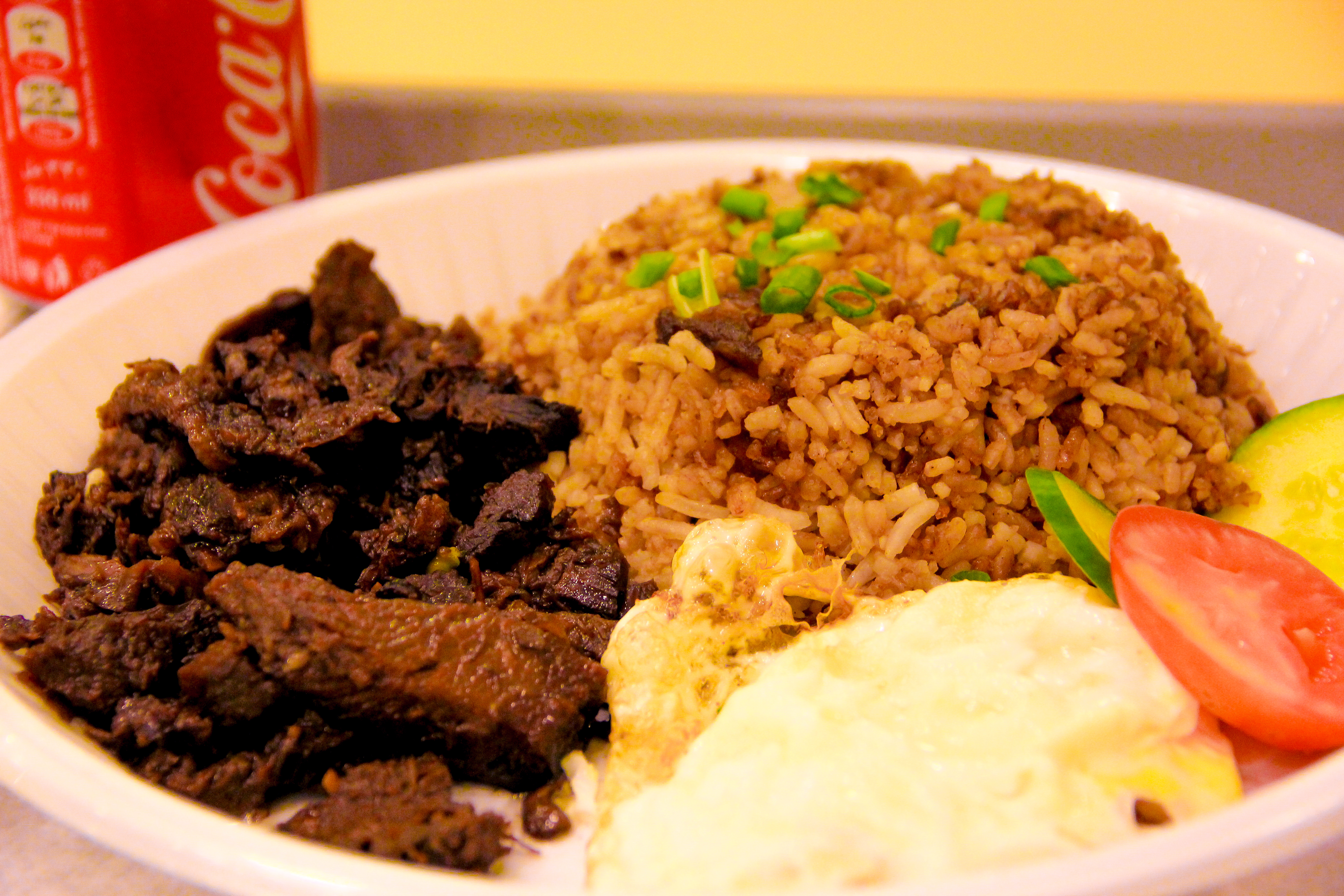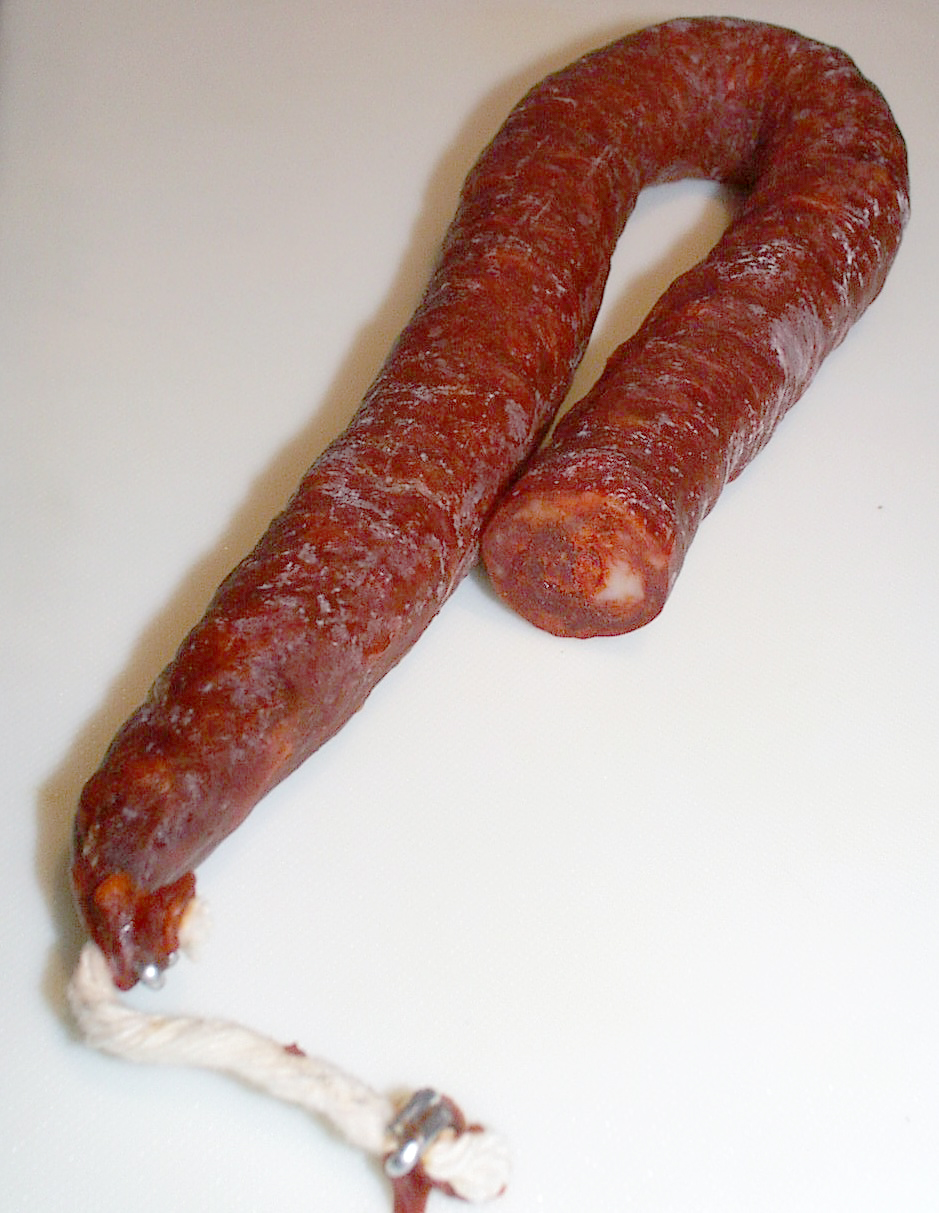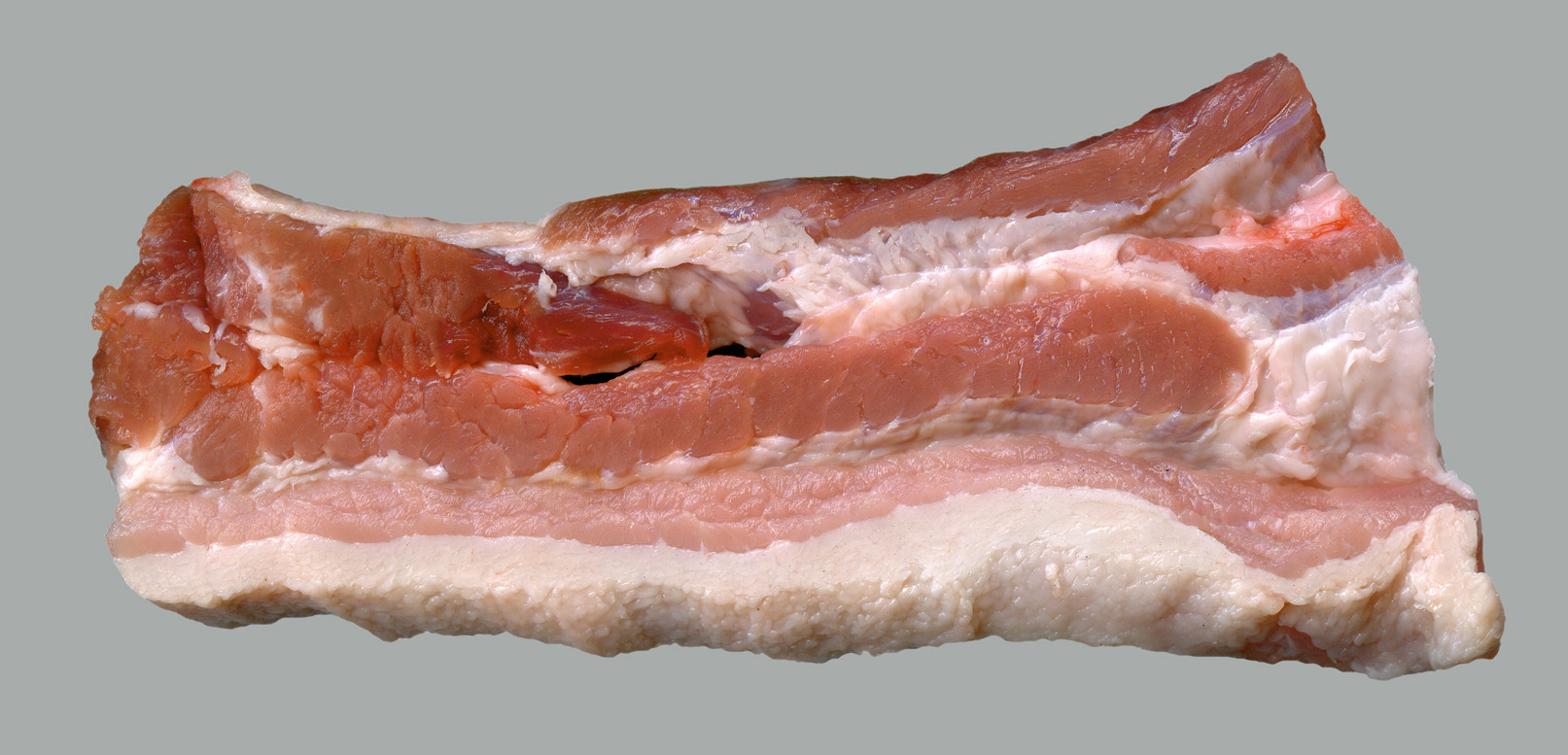|
Silog (dish)
''Silog'' is a class of Filipino breakfast dishes containing ''sinangag'' (fried rice) and ''itlog'' (egg; in context, fried egg). They are served with various viands or ''ulam'', usually meat dishes such as tapa, longganisa or ham. The name of the accompanying meat dish determines the portmanteau name of the ''silog''; for example, the former three would be known as tapsilog, longsilog, and hamsilog. History The first type of silog to be named as such was the ''tapsilog''. It was originally intended to be quick breakfast or late-night hangover fare. It developed from ''tapsi'', which referred to meals of beef ''tapa'' and ''sinangag'' with no fried egg explicitly mentioned, and diners which mainly or exclusively served such meals were called ''tapahan'' or ''tapsihan'' in Filipino. The term ''tapsilog'' was originally established in the 1980s and came from the Tapsi ni Vivian ("Vivian's Tapsi") restaurant in Marikina. According to Vivian del Rosario, owner of Tapsi ni Vivian, she ... [...More Info...] [...Related Items...] OR: [Wikipedia] [Google] [Baidu] |
Tapa (Filipino Cuisine)
''Tapa'' is dried or cured beef, pork, mutton, venison or horse meat, although other meat or even fish may be used. Filipinos prepare ''tapa'' by using thin slices of meat and curing these with salt and spices as a preservation method. ''Tapa'' is often cooked fried or grilled. When served with fried rice and fried egg, it is known as ''tapsilog,'' a portmanteau of the Tagalog words ''tapa'', ''sinangag'' (fried rice) and ''itlog'' (egg). It sometimes comes with atchara, pickled papaya strips, or sliced tomatoes as side dish. Vinegar or ketchup is usually used as a condiment. Etymology ''Tapa'' in Philippine languages originally meant fish or meat preserved by smoking. In the Spanish Philippines, it came to refer to meats also preserved by other means. It is derived from Proto-Malayo-Polynesian ''*tapa'', which in turn is derived from Proto-Austronesian ''*Capa''. ''Tinapa'' (literally "prepared by smoking") is another cognate, though it usually refers to smoked fish. Dishes ... [...More Info...] [...Related Items...] OR: [Wikipedia] [Google] [Baidu] |
McDonald's Philippines
McDonald's Philippines, known locally and colloquially as McDo, is the master franchise of the multinational fast food fast food chain, chain McDonald's in the Philippines. The master franchise is held by the Golden Arches Development Corporation, a subsidiary of Alliance Global Group. History Negotiations McDonald's was introduced in the Philippines by Chinese Filipino, Chinese-Filipino businessman George T. Yang, who resided in the United States in the 1970s, though he never patronized a McDonald's outlet during his stay. Aware of the fast food chain's success in North America and its increasing presence in other parts of the world, Yang researched fast-food business operations; in 1974, he contacted McDonald's headquarters in Illinois regarding a proposal for rights to open outlets in the Philippines. Yang's proposals were initially ignored, though he continued to remind the company regarding his business interest. In 1976, representatives of McDonald's International sent a ... [...More Info...] [...Related Items...] OR: [Wikipedia] [Google] [Baidu] |
Corned Beef
Corned beef, or salt beef in some of the Commonwealth of Nations, is Salt-cured meat, salt-cured brisket of beef. The term comes from the treatment of the meat with large-grained rock salt, also called "corns" of salt. Sometimes, sugar and spices are added to corned beef recipes. Corned beef is featured as an ingredient in many cuisines. Most recipes include nitrates, which convert the natural myoglobin in beef to nitrosomyoglobin, giving it a pink color. Nitrates and nitrites reduce the risk of dangerous botulism during Curing (food preservation), curing by inhibiting the growth of ''Clostridium botulinum'' bacteria spores, but have been linked to increased cancer risk in mice. Beef cured without nitrates or nitrites has a gray color, and is sometimes called "New England corned beef". Corned beef was a popular meal throughout numerous wars, including World War I and World War II, during which fresh meat was rationed. It also remains popular worldwide as an ingredient in a va ... [...More Info...] [...Related Items...] OR: [Wikipedia] [Google] [Baidu] |
Chorizo
Chorizo (, from Spanish ; similar to but distinct from Portuguese ) is a type of pork cured meat originating from the Iberian Peninsula. In Europe, chorizo is a fermented, cured, smoked meat, which may be sliced and eaten without cooking, or added as an ingredient to add flavor to other dishes. Elsewhere, some sausages sold as chorizo may not be fermented and cured, and require cooking before eating. Spanish and Portuguese are distinctly different products, despite both getting their smokiness and deep red color from dried, smoked, red peppers (/). Iberian chorizo is eaten sliced in a sandwich, grilled, fried, or simmered in liquid, including apple cider or other strong alcoholic beverages such as . It is also used as a partial replacement for ground (minced) beef or pork. Names The word ''chorizo'' probably comes from the Late Latin 'salted', via the Portuguese ; it is a doublet of the Spanish word 'sausage', which was transmitted through Italian . In English, ''cho ... [...More Info...] [...Related Items...] OR: [Wikipedia] [Google] [Baidu] |
Fried Chicken
Fried chicken, also known as Southern fried chicken, is a dish consisting of chicken pieces that have been coated with seasoned flour or batter and pan-fried, deep fried, pressure fried, or air fried. The breading adds a crisp coating or crust to the exterior of the chicken while retaining juices in the meat. Broiler chickens are most commonly used. The first dish known to have been deep fried was fritters, which were popular in the European Middle Ages. However, the Scottish were the first Europeans to deep fry their chicken in fat (though without seasoning). Meanwhile, many West African peoples had traditions of seasoned fried chicken (though battering and cooking the chicken in palm oil). Scottish frying techniques and West African seasoning techniques were combined by enslaved Africans and African Americans in the American South. History The American English expression "fried chicken" was first recorded in the 1830s, and frequently appears in American cookbooks of ... [...More Info...] [...Related Items...] OR: [Wikipedia] [Google] [Baidu] |
Rabbitfish
Rabbitfishes or spinefoots are perciform fishes in the family Siganidae. The 29 species are in a single genus, ''Siganus''. In some now obsolete classifications, the species having prominent face stripes—colloquially called foxfaces–are in the genus ''Lo''. Other species, such as the masked spinefoot (''S. puellus''), show a reduced form of the stripe pattern. Rabbitfishes are native to shallow waters in the Indo-Pacific, but '' S. luridus'' and '' S. rivulatus'' have become established in the eastern Mediterranean via Lessepsian migration. They are commercially important food fish, and can be used in the preparation of dishes such as ''bagoong''. Taxonomy The Siganidae was first formally described as a family in 1837 by the Scottish naval surgeon, naturalist and arctic explorer Sir John Richardson. The genus ''Siganus'' was described in 1775 by the Danish zoologist Johan Christian Fabricius with ''Siganus rivulatus'', a species also described by Fabricius in 1775 ... [...More Info...] [...Related Items...] OR: [Wikipedia] [Google] [Baidu] |
Milkfish
The milkfish (''Chanos chanos'') is the sole living species in the family Chanidae. However, there are at least five extinct genera from the Cretaceous. The repeating scientific name (tautonym) is from Greek ( ‘mouth’). The species has many common names. The Hawaiian name for the fish is ''awa'', and in Tahitian it is ''ava''. It is called ''bangús'' in the Philippines, where it is popularly known as the national fish, although the National Commission for Culture and the Arts has stated that this is not the case as it has no basis in Philippine law. In the Nauruan language, it is referred to as . Milkfish is also called ''bandeng'' or ''bolu'' in Indonesia. ''Chanos chanos'' occurs in the Indian Ocean and across the Pacific Ocean, from South Africa to Hawaii and the Marquesas, from California to the Galapagos, north to Japan, south to Australia. A single specimen was reported in 2012 in the eastern Mediterranean Sea. Milkfishes commonly live in tropical offshore marine ... [...More Info...] [...Related Items...] OR: [Wikipedia] [Google] [Baidu] |
Daing
''Daing'', ''tuyô'', or ''bilad'' (literally " sun-dried" or "sun-baked") are dried fish from the Philippines. Fish prepared as ''daing'' are usually split open (though they may be left whole), gutted, salted liberally, and then sun and air-dried. There are also "boneless" versions which fillets the fish before the drying process. It was originally a preservation technique, as salt inhibits the growth of bacteria, allowing fish to be stored for long periods of time. ''Daing'' is fried or grilled before consumption, though it can also be wrapped in foil and baked in an oven. It is usually dipped in vinegar and eaten with white rice for breakfast. Notably, it is traditionally paired with ''champorado'' (traditional Filipino chocolate rice gruel). It can also be used as an ingredient in other dishes. ''Daing'' is considered poverty food due to its relative cheapness, but has gained significance in Philippine culture as comfort food. Preparation Virtually any fish can be prepar ... [...More Info...] [...Related Items...] OR: [Wikipedia] [Google] [Baidu] |
Bistek
''Bistek'' (from Spanish: ''bistec'', "beefsteak"), also known as ''bistek tagalog'' or ''karne frita'', is a Filipino dish consisting of thinly-sliced beefsteak braised in soy sauce, calamansi juice, garlic, ground black pepper, and onions cut into rings. It is a common staple in the Tagalog and Western Visayan regions of the Philippines. It is eaten over white rice. Description ''Bistek tagalog'' is made of strips of beef sirloin or tenderloin, usually flattened with a meat tenderizing tool, it is marinated then braised in soy sauce, calamansi juice (or some other citrus fruit like lime or lemon), smashed whole garlic cloves, ground black pepper, bay leaves, caramelized red onion rings, and (optionally) muscovado or brown sugar. In some recipes, fresh white onion rings are used instead to preserve its crunchiness. In the Western Visayas, ''bistek tagalog'' is known as ''karne frita'' (also spelled ''carne frita'', literally "fried meat" in Spanish), not to be confused wit ... [...More Info...] [...Related Items...] OR: [Wikipedia] [Google] [Baidu] |
Bacon
Bacon is a type of salt-cured pork made from various cuts, typically the belly or less fatty parts of the back. It is eaten as a side dish (particularly in breakfasts), used as a central ingredient (e.g., the bacon, lettuce, and tomato sandwich (BLT)), or as a flavouring or accent (as in bacon bits in a salad). Bacon is also used for barding and larding roasts, especially game, including venison and pheasant, and may also be used to insulate or flavour roast joints by being layered onto the meat. The word is derived from the Proto-Germanic ''*bakkon'', meaning "back meat". Meat from other animals, such as beef, lamb, chicken, goat, or turkey, may also be cut, cured, or otherwise prepared to resemble bacon, and may even be referred to as, for example, "turkey bacon". Such use is common in areas with significant Jewish and Muslim populations as both religions prohibit the consumption of pork. Vegetarian bacons such as "soy bacon" also exist. Curing and smoking Before t ... [...More Info...] [...Related Items...] OR: [Wikipedia] [Google] [Baidu] |
Philippine Adobo
Philippine ''adobo'' (from Spanish ''adobar'': "marinade," "sauce" or "seasoning" / ) is a popular Filipino dish and cooking process in Philippine cuisine that involves meat, seafood, or vegetables marinated in vinegar, soy sauce, garlic, bay leaves, and black peppercorns, which is browned in oil, and simmered in the marinade. It has occasionally been considered the unofficial national dish in the Philippines. History The cooking method for the Philippine ''adobo'' is indigenous to the Philippines. The various precolonial peoples of the country often cooked or prepared their food with vinegar and salt to preserve them in the tropical climate. Vinegar, in particular, is one of the most important ingredients in Filipino cuisine, with the main traditional types being coconut, cane, nipa palm, and kaong palm. These are all of which are linked to traditional alcohol fermentation. There are four main traditional cooking methods using vinegar in the Philippines: '' kiniláw'' (r ... [...More Info...] [...Related Items...] OR: [Wikipedia] [Google] [Baidu] |
Suffix
In linguistics, a suffix is an affix which is placed after the stem of a word. Common examples are case endings, which indicate the grammatical case of nouns, adjectives, and verb endings, which form the conjugation of verbs. Suffixes can carry grammatical information (inflectional suffixes) or lexical information ( derivational/lexical suffixes'').'' An inflectional suffix or a grammatical suffix. Such inflection changes the grammatical properties of a word within its syntactic category. For derivational suffixes, they can be divided into two categories: class-changing derivation and class-maintaining derivation. Particularly in the study of Semitic languages, suffixes are called affirmatives, as they can alter the form of the words. In Indo-European studies, a distinction is made between suffixes and endings (see Proto-Indo-European root). Suffixes can carry grammatical information or lexical information. A word-final segment that is somewhere between a free morpheme and a b ... [...More Info...] [...Related Items...] OR: [Wikipedia] [Google] [Baidu] |
.jpg)





.jpeg)


